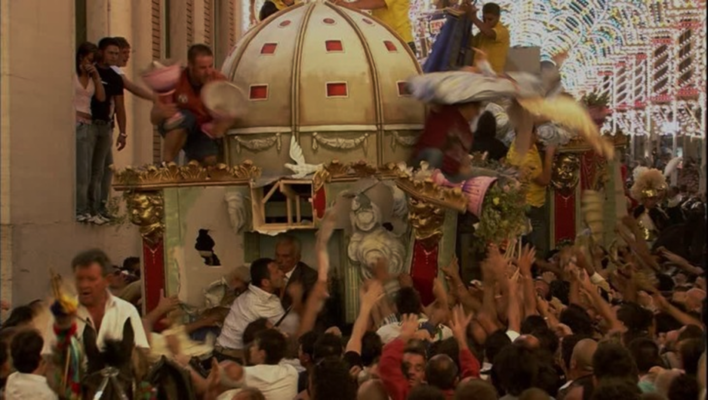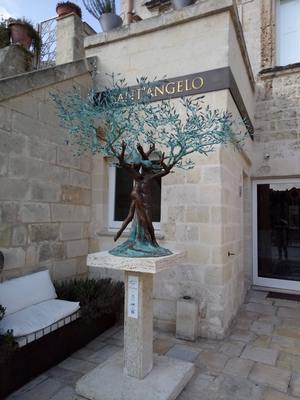Matera
MATERA.Collaborative work.pdf
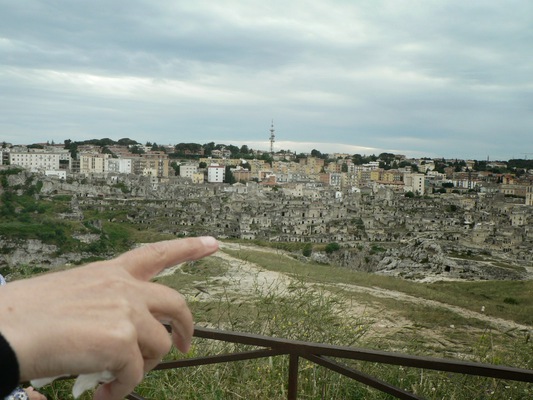
The city is situated on the western side of the Murge plateau, in a picturesque position, on the edge of the Gravina that flows into the Bradano river. The inhabited area is divided into two parts: an ancient one that is placed on the steep edge of a deep ravine and includes the characteristic complex of the Sassi Barisano (to the north) and Caveoso (to the south) and a more modern one that extends over the plateau West.
Very few elements are available to explain the origins of the name. Unknown is the name of the village that formed the first nucleus and of the people who lived there. According to some, many geographic names would have the root Mata or Meta, with the meaning of "pile", a mound of anything, even of stones, mountains, hills, knolls and even woods, for which the name Matera would sound like high ground, heap of stones . For other ancient theses Mathera derives from the term Mather (mother), the mother earth that offers the shelter of the caves to the dispersed children.
According to a recent proposal the toponym derives from material (from the Latin materia-ae), with the meaning of timber, referring to the presence in the area of a rich wooded heritage.
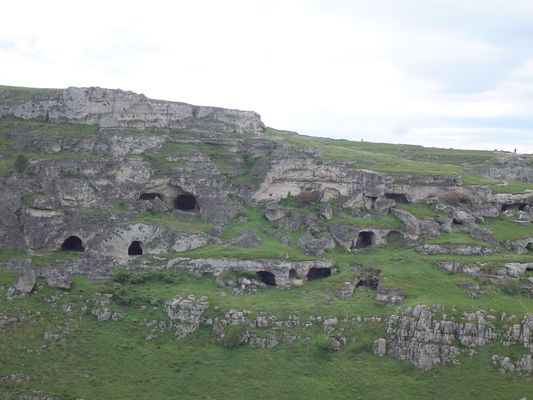
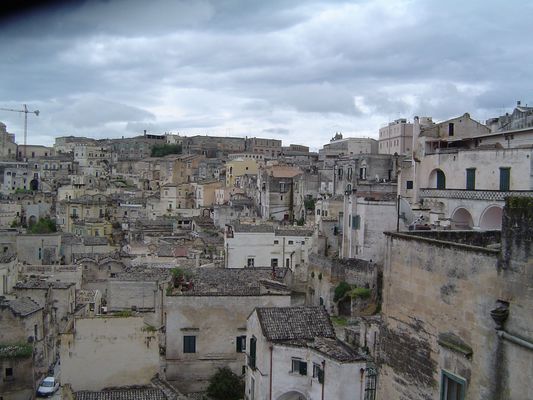
Of exceptional historical and artistic value are the Sassi Caveoso and Barisano, with the houses carved into the tuff and irregularly superimposed along the valleys. The oldest document that mentions the word Sasso in the meaning of "inhabited stone quarter" is from 1204. The Sassi from prehistoric, Hellenistic and Roman times were partially inhabited. As they became populated when the population began to grow in number. Over time the two districts merged, the empty spaces were filled and in this way there was the dense housing network of the Sassi.
The Matera life until the XV-XVI century took place in the Sassi, few had a house on the plain. During the two world conflicts the abnormal situation became more pronounced: due to lack of new constructions, rooms, caves, cellars and woodsheds were used that did not have any requisite of habitability, so that from 1952 to 1960 the Sassi were evacuated and abandoned for reasons of type hygienic - sanitary and urban planning but in 1993 they were declared patrimony of the humanity by the UNESCO; are now the subject of a program aimed at conservative conservation and restoration.
Particularly interesting are the rock churches that can be visited in the Sassi of Matera. They represent places where the evolutionary path of man from prehistory to Christianity is concretely witnessed. The rock churches in fact are found in places of particular importance and in all probability were already places of worship in the civilizations that preceded the Christian one.
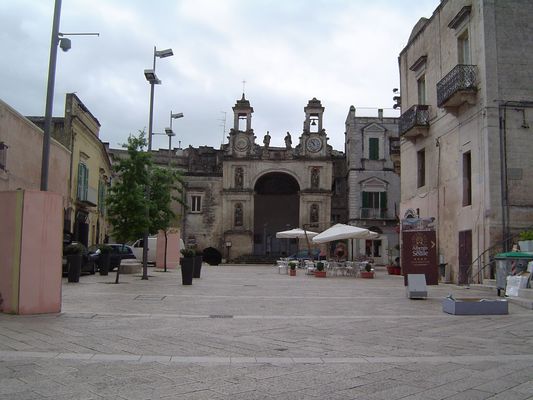
Solemn celebrations, for their characteristic recall the July 2 large crowd, take place in honor of Maria SS. Della Bruna, protector of the city. The great festival has ancient historical roots, the event has been celebrated for over 600 years and is accompanied by some popular legends that explain the origin of the strange custom of destroying the triumphal chariot while parading through the city streets.
A legend has it that the custom was born directly from a miracle with a girl turned into a statue of the Virgin. Another tradition tells that the triumphal chariot was destroyed by the Materans themselves so as not to fall into the hands of the Saracens who had stormed the city.
A last legend tells that the destruction of the cart arises from an insurrection of the citizens of Matera against the Count Tramontano, a tyrant who wanted contributions for the feast of the Patron Saint.
